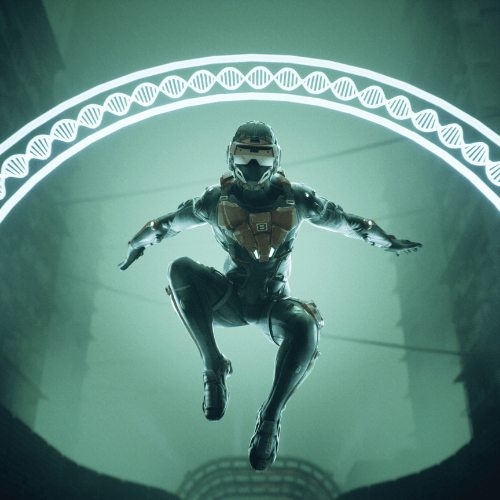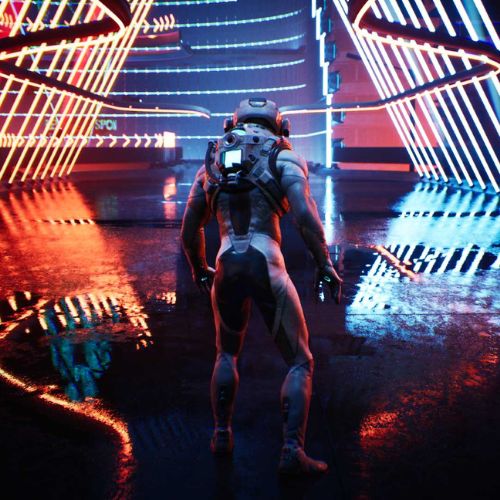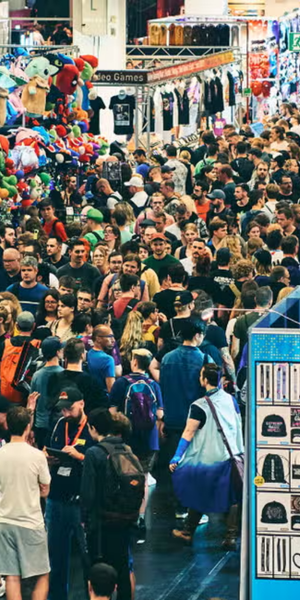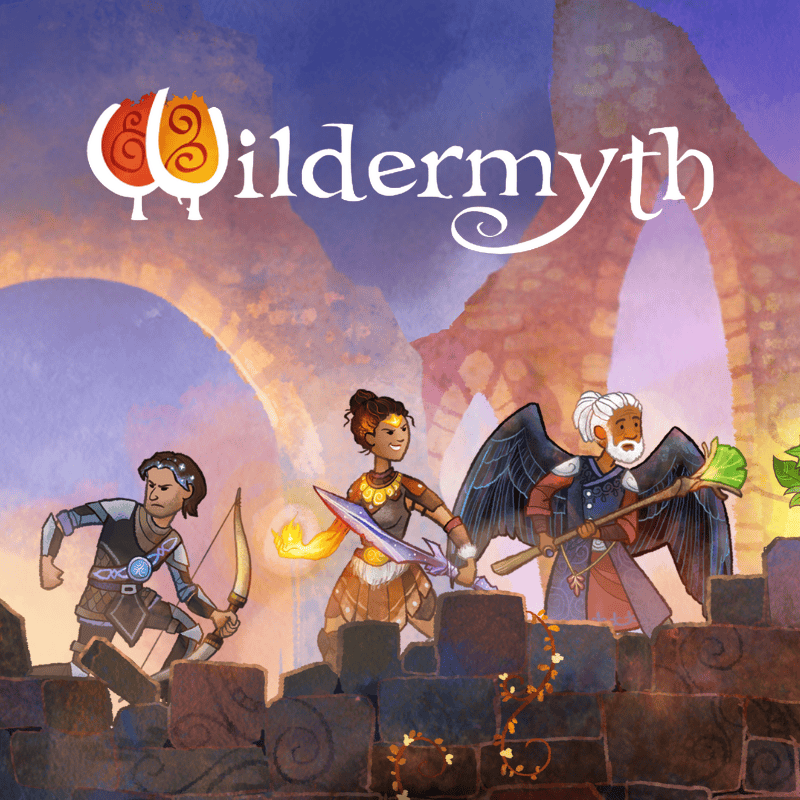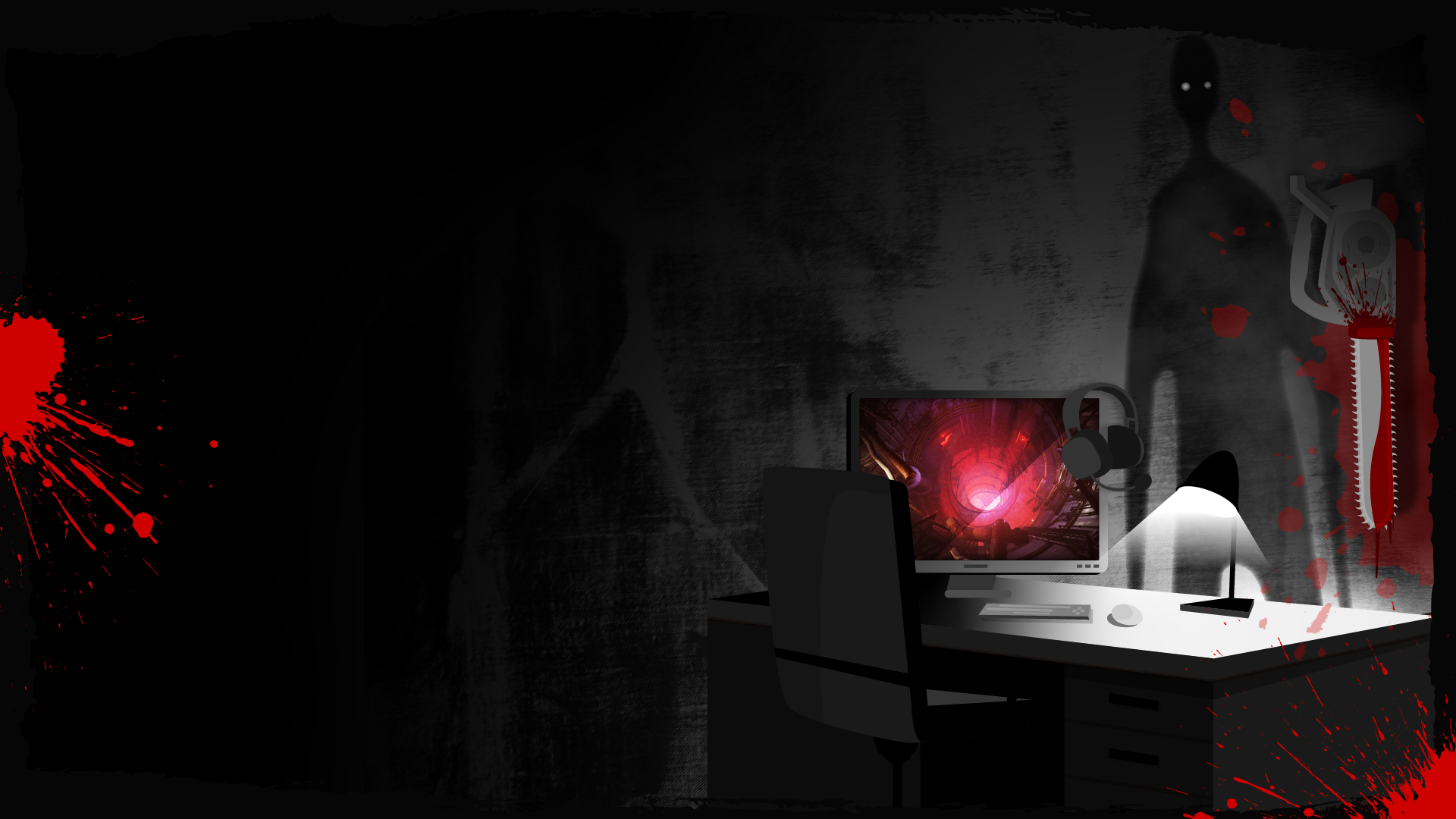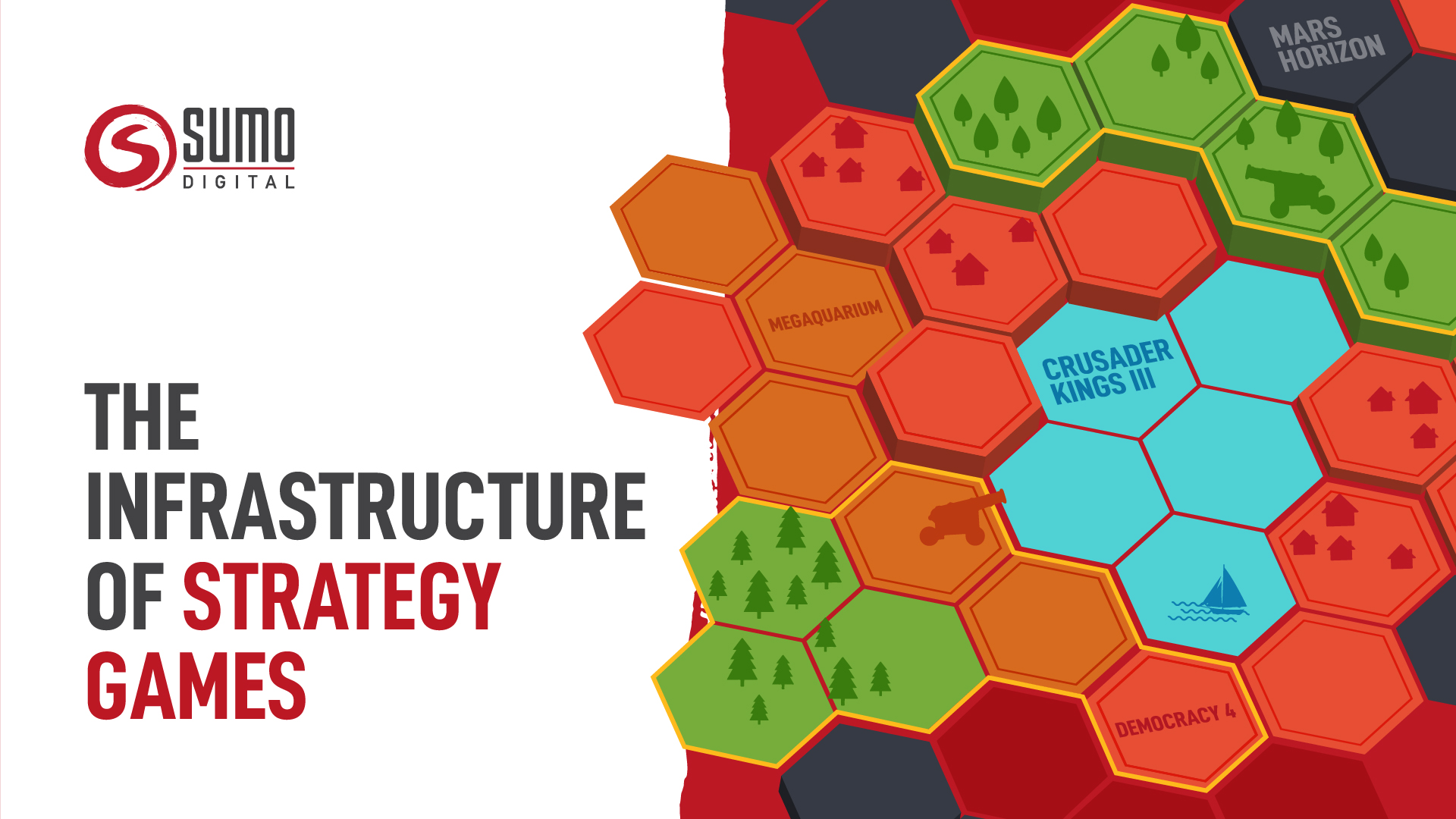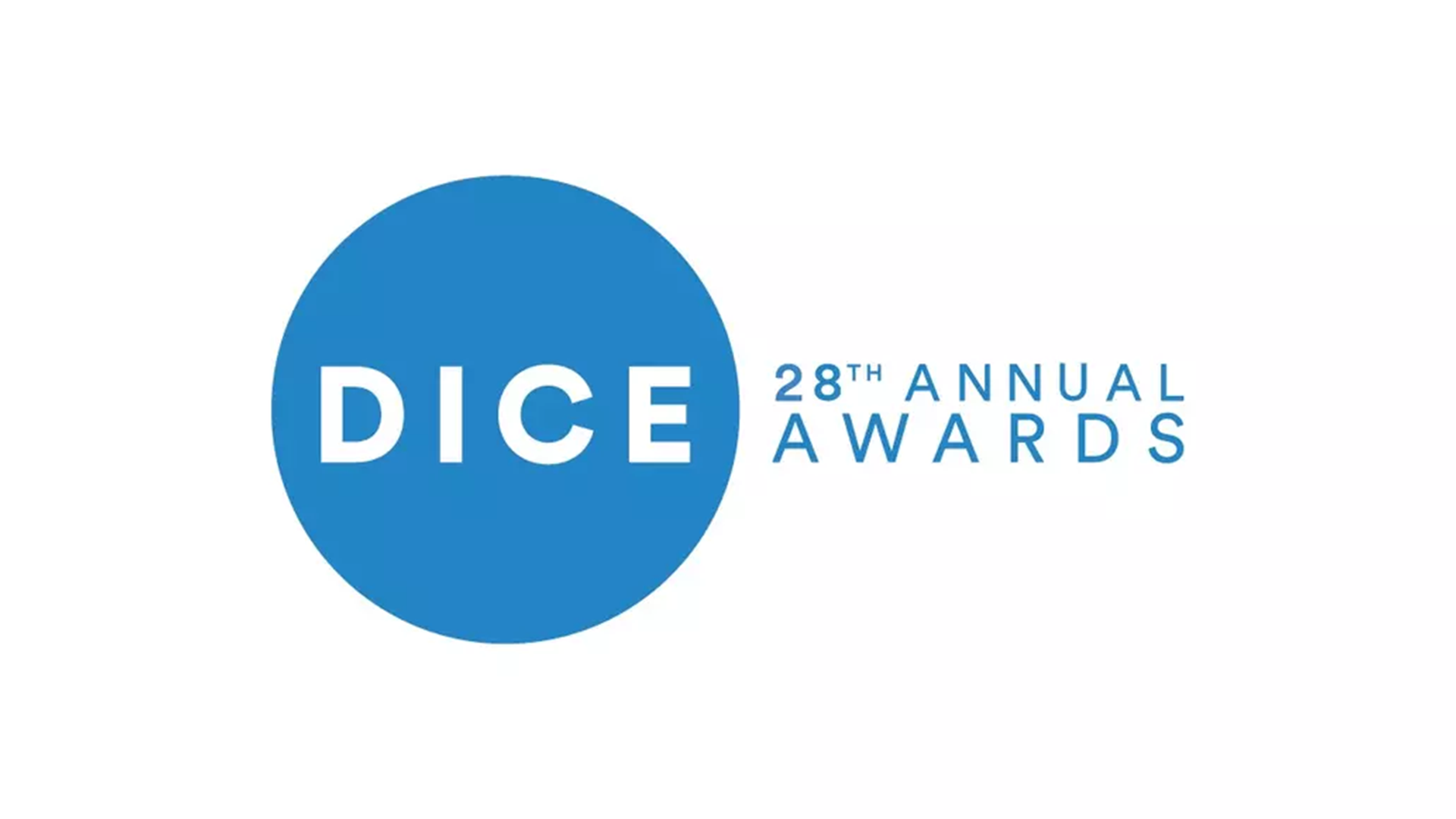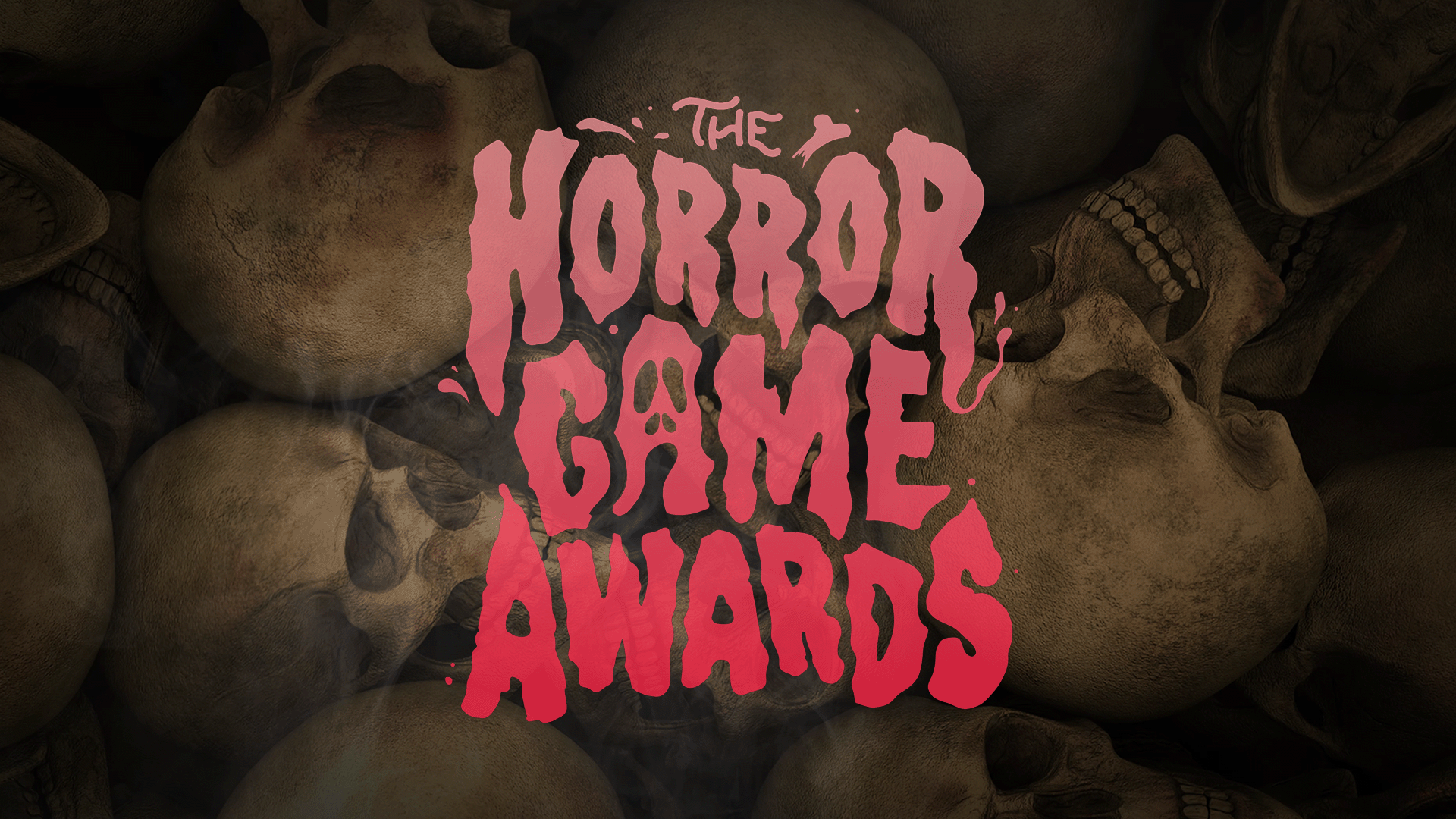The horror genre gives game developers a huge freedom of expression – they’re able to subvert expectations, play with convention and develop rich, narrative-driven stories that make the inevitable scares all the more heartbreaking and horrifying.
Whether it’s the pin-drop tension and need to hold your nerve of last year’s The Texas Chain Saw Massacre, which is packed with moments of silence, bursts of chase and flashes of gore that set your heart racing… or finding yourself playing a Scottish oil rig worker trying to navigate your marine monolith after disaster strikes, to uncover the secrets that wait for you in the upcoming Still Wakes the Deep. Horror games have something to suit all playstyles.
Two studios who really know their thrills from their chills, dread from their demons and curses from their crypts are The Chinese Room and Sumo Nottingham. Here, Jade Jacson – Senior Game Designer at The Chinese Room – and the petrifying pair of Steve Kirby (Lead Game Designer) and Kelvin Moore (Project Design Director) from Sumo Nottingham share the secrets to scare, lift the veil on their most recent horror projects, and maybe – just maybe – make it out alive…
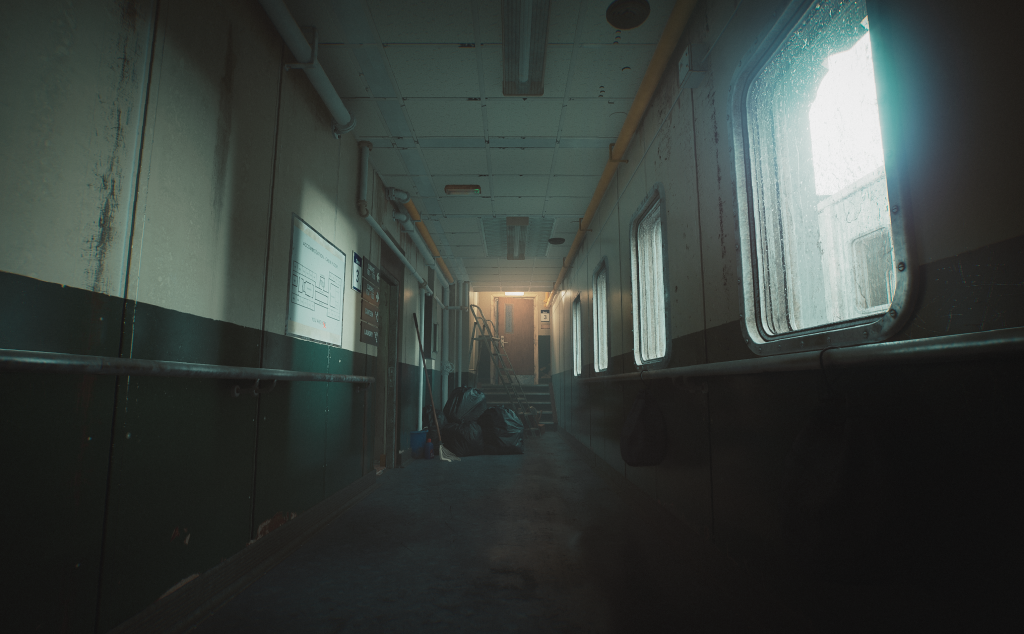 PREPARE TO SCARE: The Psychology of Horror
PREPARE TO SCARE: The Psychology of Horror
Horror games come in all shapes and sizes, are based on an extensive range of themes and tropes and can contain any number of scare elements – from jump-scares, to narrative-driven games that take the player on an emotional journey, to slow-burn psychological terror. Each element within a game is there specifically to test the players’ mettle and keep them engaged and we’re happy to step into these macabre masterpieces to experience the thrill, maybe encounter something new and, of course, to get scared. But what is fear and how do our brains and bodies interact with it?
According to the American Psychology Association, ‘Fear’ is defined as: “a basic, intense emotion aroused by the detection of imminent threat, involving an immediate alarm reaction that mobilises the organism by triggering a set of physiological changes”.
In short, ‘fear’ is the way we process a threat, how we react to it and the physiological response we have. During a tension or fear response, adrenaline is produced to put our body into high-gear and prepare us for fight or flight. This primal instinct is what gives us the post-scare rush during a jump scare, after an intense scene or in the aftermath of a shocking sequence: it’s adrenaline converting to dopamine, and our mind and body rejoicing that we managed to escape unscathed. This response is why for some, consuming horror is a fun-filled experience to get the blood pumping, whilst others only feel dread and terror.
Horror games double down on these feelings by putting the player into the driving seat, where every decision they make has consequences and their own actions determine their fate – meaning all those fear and adrenaline responses are dialled up to max, and our fear levels can begin to directly impact our performance.
So if they push our limits and put us into stress mode, why do we keep returning to horror games? Put simply: we love novelty. For most of us, horror is fantasy and exists outside the realms of our day-to-day lives, so getting in close proximity of poltergeists or measuring up to monsters are things we don’t encounter. This new and exciting, combined with the adrenaline rush of survival, keep us coming back for more.
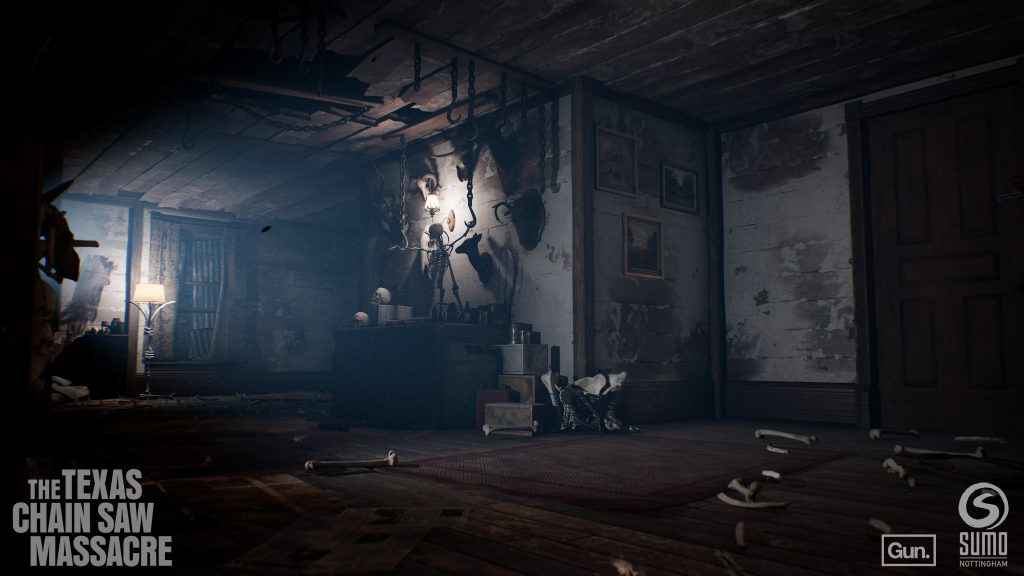 DREAD BY DESIGN: What Makes a Good Horror Game?
DREAD BY DESIGN: What Makes a Good Horror Game?
Horror games are a place for creativity to thrive – with new gameplay mechanics, themes, stories and more coming to life every single week. This freedom of creativity and expression, combined with the capabilities of game developers to create immersive worlds and rich, emotionally driven stories for players to lose themselves in mean there’s a horror game for every fear fan. But what makes a good horror game?
Atmosphere: “If you can create an atmosphere that puts an uneasy feeling onto a player, then you’ve got a great starting point. When we were making The Texas Chain Saw Massacre, everything came to life as soon as we added elements like audio, lighting and animations into it, and the atmosphere was palpable. In The Texas Chain Saw Massacre, the atmosphere is heavy: it hangs over players regardless of which side you’re playing for – there are things at stake and you need to fight to survive.” – Steve
Everyday heroes:“In some horror media: the protagonists can be stereotypes with no personalities. They’re just there to further the plot. In our upcoming title, Still Wakes the Deep, not only does our main character Caz feel real, but hopefully our entire cast of characters does. These are not caped-crusaders, they are regular people with families, friends, lives outside of the rig who come into contact with something that is so unimaginable they can’t comprehend it. It’s this contrast between very ordinary and realistic people and the unfathomable aspect of the unknown that we wanted to explore in our game.” – Jade
Near-miss moments: “One of the things that keep players coming back to horror games is the feeling of ‘I was this close’. If a player has been in a close encounter or a near-miss moment, then they know they’re able to escape the enemy or danger, but being put in a stressful situation can cloud your judgement and turn a near-miss into a caught and killed situation, like taking too long to manoeuvre around an obstacle, taking a wrong turn or making too much noise.” – Kelvin
Pacing: “Some of the most powerful and haunting horror games are the ones that force you to sit in the fear. Games like Alien Isolation wouldn’t be nearly as scary if players were allowed to bolt through every single level at top speed: there has to be a mechanic to slow down the player and give them breathing room in an environment with no air. Similarly, the quiet moments in a horror game can be scarier than the big, bolshy executions: hiding in a shadow in silence while a family member passes you by has all the same breath-holding horror as being chased down the driveway, in my opinion.” – Steve
Fear of the Unknown: “In Still Wakes the Deep, we focused on playing with anticipation, surprises and dread. A lot of it comes from suggestion and gradual increase in tension. We also worked very closely with the audio team as a big part of what’s scary is what you can’t see but that you can hear. Especially if it’s coming from behind you. Then maybe it will come from the corner of your eyes but you won’t be able to take a good look at it. We wanted to disorient players and make them question what they’re seeing and hearing, maybe lure them into a false sense of security before finally introducing the threat for the first time.” – Jade
Consequences: “Part of what makes horror games so exhilarating is that the player is in the driver’s seat and its their actions that determine what happens. Games that have little to no consequence don’t have the scare-factor required to keep players on their toes. There are some games that have huge anticipation but when you meet the enemy/monster/foe, nothing really happens. In Texas, we created consequences for the victims that felt very real and brutal: you don’t just die and respawn, you’re killed and out of the game… destined to watch your teammates make or break the bad decisions that led you to your fate.” – Kelvin
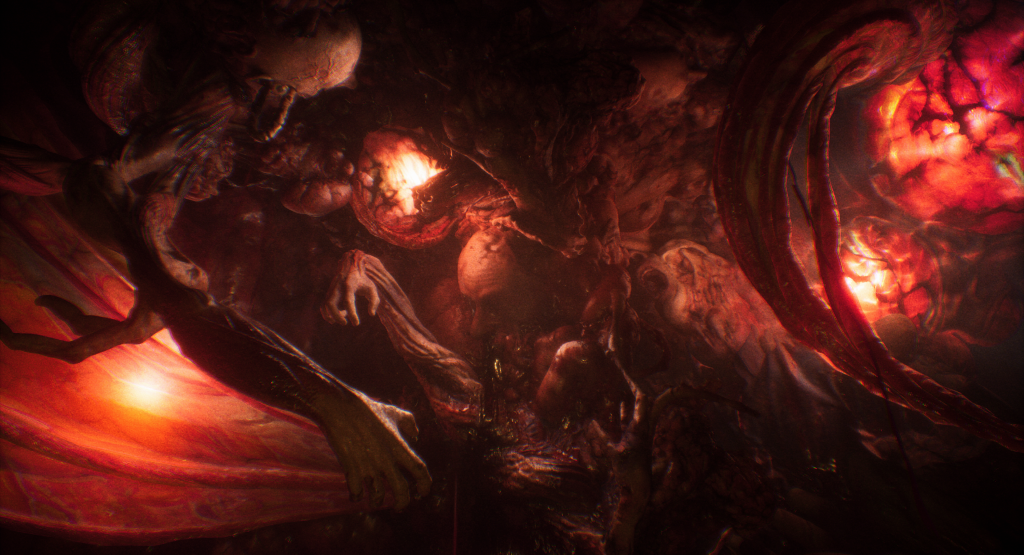 SCARY SECRETS: Themes of Horror Games
SCARY SECRETS: Themes of Horror Games
Still Wakes the Deep and The Texas Chain Saw Massacre may sit at different points on the ‘horror game’ genre spectrum – with one being a single-player, narrative game where players can fully embody the protagonist, and the other a multiplayer, asymmetric game where you must use your wits, stealth and nerve to stay alive… but they have plenty in common. Jade, Kelvin and Steve here discuss the common themes, rules and devices used:
A big feature of the horror genre is gore – but how much is too much, and when should you stop?
Jade says: “For Still Wakes the Deep, the art team wanted the horror to feel very beautiful. The gore throughout the game is dark and twisted, but also obscure and interesting to almost draw the player in. If you have too much gore in a game, it can become repetitive which makes it less visceral when players are confronted by it.”
Kelvin added: “People think of the original Texas Chain Saw Massacre film as extremely gory, but it’s more of a tense, psychological burn of a movie. We were committed to keeping that same feeling in the game and used gore as a storytelling device: on our maps, there’s little to no gore outside, and as the player ventures into the depths of each house or locations, they uncover the dark secrets that the family keep as the gore levels increase. It makes it all the more shocking when you do come face to face with it.”
With all horror games, comes a balancing act. You have to ensure the threat isn’t so weak you can waltz right through, but also that it isn’t too powerful that game-over comes around too soon or too often. Jade said: “We didn’t want our players to feel like they were dying too often. Die once and you’re ready to try again, die 15 times in a short space of time and frustration begins to creep in and the immersion is lost. It’s a balancing act of creating this character who is mentally so strong-willed, but physically defenceless against the threat at hand all whilst making players feel like they can feasibly survive.”
“In Texas, we wanted players to feel like they had control regardless of which team they play for and equipped them with abilities to do that.” said Steve, “The Family all have weapons, but the Victims are given unique attributes to increase their skills in anything from lock-picking to shoulder-barging and are able to utilise the dark and smaller spaces to greater effect. There are also more Victims than Family members which can level the playing field (if you play your cards right…).”
These two titles may have wildly different mechanics, but both are rich with themes of humanity, family and of fighting to protect. Jade said: “At its heart, Still Wakes the Deep is about Caz being a very real person who is just trying to do the best he can to protect his family. The themes of the game are all rooted in home, family, identity, what it means to be a man in the 1970s and being an imperfect person: Caz tries his best, and a lot of the time he still fails, but he tries again and never gives up.”
Steve added: “You might not think it, but The Texas Chain Saw Massacre film is all about a family defending their home. Albeit they have some interesting methods and dietary choices, but they are protecting each other, their way of life and their home from intruders. They are not killers without cause.”
Horror games are also excellent at prying into our brains and exploiting our fears. “Setting our game on an oil rig presented us with a wealth of built-in phobias that we could explore” says Jade. ””Including Claustrophobia (fear of small spaces), Submechanaphobia (fear of human-made objects submerged in water), Thanatophobia (fear of death), Autophobia (the fear of isolation), Thalassophobia (fear of large bodies of water), Nyctophobia (fear of the dark) and Acrophobia (fear of heights) – and probably lots of others we weren’t even aware of. Players of Still Wakes the Deep will find themselves face-to-face with scenarios that push them to their limits.”
Ever had that dream where your teeth fall out? That’s a fear of losing control! Kelvin added: “In a lot of ways, The Texas Chain Saw Massacre is unpredictable. It’s multiplayer which opens up an infinite number of possibilities: there are no definite ‘set scares’ each match and there is no pre-programmed outcome. In the heat of the moment, you might make a split decision that you wouldn’t have otherwise. We take you out of your comfort zone, and into a high-pressure environment.”
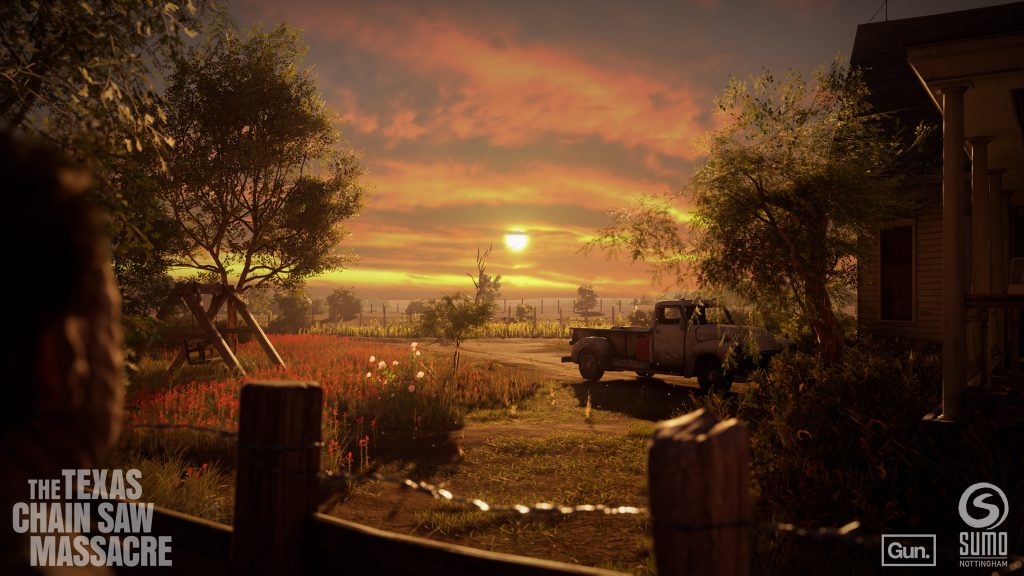 SCREAM AND STREAM: Horror Games as a Spectator Sport
SCREAM AND STREAM: Horror Games as a Spectator Sport
At any moment, you can find thousands of gamers live-sharing their scary experiences with the world. By filtering the Genre to Horror on Twitch, you could tune into a number of scary game-streams including Dead by Daylight, Phasmophobia and The Texas Chain Saw Massacre at any time of day or night.
Horror games have a unique advantage in that they get their very own season – Halloween. As autumn ushers in, horror games receive a huge boost in releases, downloads, purchases and streaming stats. In November 2023, gamesight.io analysed Twitch viewership statistics for horror games during the Halloween season, and found that on October 31st alone, over 3.2 million hours of horror games were streamed – that’s more than 133,000 days of content in a single day.
It’s thought that the ideal combination of tense gameplay and big reactions is the recipe for streamers to grow their audiences… but why do we love to watch people terrify themselves for fun? Well, it depends. For some, seeing their favourite streamers putting themselves through the peril of a horror game and seeing their live, unfiltered reactions can build connection and makes them more relatable.
And it’s not just players who know the value of streaming and content creation of horror games – a lot of horror games include it in their strategy for game releases. Publisher of Still Wakes the Deep, Secret Mode, recently commented on the impact these content creators can have, saying: “The horror genre is perfect for video creation. Many people love watching content creators experience horror games for the first time, and live-streaming is a particularly potent medium as it means viewers can enjoy both the game as it unfolds, and the real-time reaction of a creator they follow. For this reason we’ve seen many horror games become successful in part due to the awareness built up from creators sharing their experiences.
“Across many years now we’ve seen content creators offer incredible reactions to games filled with jump-scares or more subtle rising dread, which is in itself highly entertaining. In some cases, horror game streams or let’s plays can also be windows into the genre for viewers who are interested in horror, but don’t feel comfortable enough to play particularly harrowing games first-hand.”
FEAR ALL YEAR: The Ongoing Success of Horror Games
The last 12 months have been huge in the world of horror, and particularly in horror gaming. Not only have we seen a flurry of commercially and critically successful horror games released into the world, but we’ve seen scares make their way onto the global screen. Last year, Freddy Fazbear and the Gang both terrified and delighted audiences into breaking box office records, and recently announced it would be returning for a second innings in 2025. Elsewhere, The Last of Us not only became the #1 TV show of 2023 but also stepped into the real world as it debuted at Universal Orlando during its Halloween Horror Nights event – the only video game to have ever had its own haunted house at the annual event.
Looking ahead, 2024 is set to be a big year for fear. From body horror to psychological terror, to survival scares and killer klowns, plus some remakes of iconic classics, there’s a new wave of unknown foes and more gore to come. With so much on the horror-izon, remember: stick together, don’t go into the basement… and the next time you hear something go bump in the night? No you didn’t.
To find out more about how Sumo Digital’s expert teams are bringing horror haunts and devilish delights to life in a range of ghoulish games, please visit the Services page.
Still Wakes the Deep will launch on 18 June 2024 for Xbox Series X|S, PC, and PS5. It will also be available with Game Pass for console and PC.
The Texas Chain Saw Massacre is now available on PlayStation 4, PlayStation 5, Xbox One, Xbox Series S/X consoles, Steam and Game Pass.



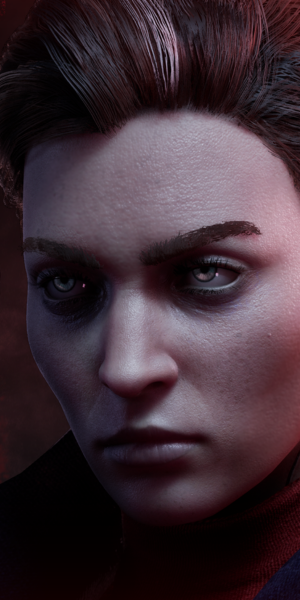 Vampire The Masquerade: Bloodlines 2
Vampire The Masquerade: Bloodlines 2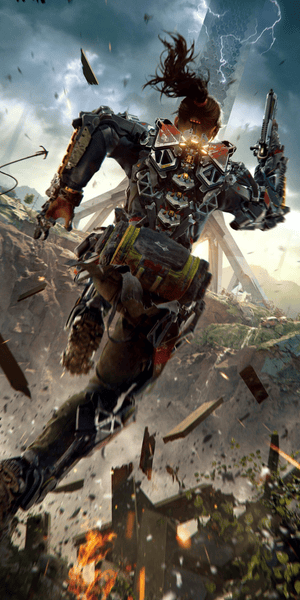 Exoborne
Exoborne Mars Horizon 2: The Search for Life
Mars Horizon 2: The Search for Life